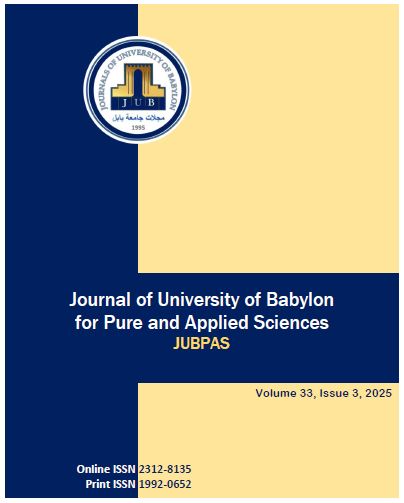A Multi-Center Analytical Study of Medical Lens Types in Myopia Based on Survey Data and Computational Analysis
Main Article Content
Abstract
Background: This study explores the optical properties of lenses used in vision correction, focusing covers the structure and function of the human eye, particularly the cornea and lens, retina, and optic nerve. It discusses common vision problems such as myopia (nearsightedness) and its correction using concave lenses. The study highlights the impact of optical properties, such as refraction and focal length, on vision improvement and examines the importance of selecting the appropriate lens type for treatment.
Materials and Methods: The study examined 102 individuals, 82 of whom suffered from eye diseases. 51 individuals were diagnosed with myopia, ranging in age from under 18 to over 60 years, with most cases associated with astigmatism. Additionally, 20 individuals were diagnosed with hyperopia. There were 9 cases of eye inflammation, all among the elderly, and 2 cases of cataracts. Meanwhile, 20 individuals were healthy with no eye diseases. Diagnostic tools such as the Auto Refractor Keratometer, E Chart, and a trial lens set were used for examinations.
Results: The results indicated that the 18-30 age group had the highest prevalence of myopia, while other age groups showed moderate infection rates. Some cases were associated with chronic diseases such as diabetes and hypertension. Regarding treatment methods, 10 individuals used contact lenses, 20 wore prescription glasses, 5 underwent eye surgery.
Article Details
Issue
Section

This work is licensed under a Creative Commons Attribution 4.0 International License.
